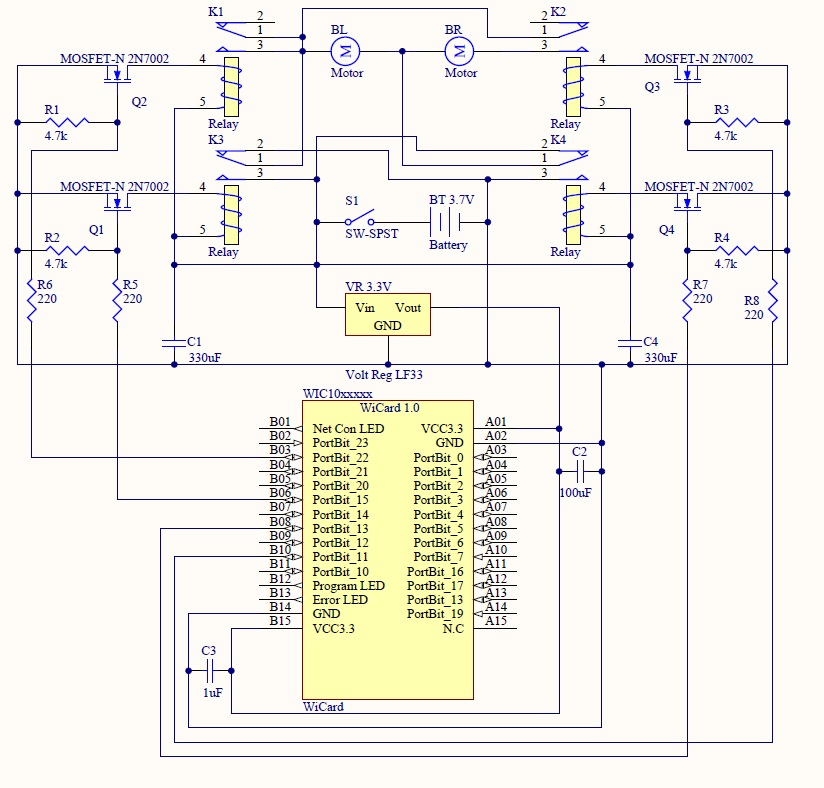Advantages and disadvantages of connecting resistors in series and parallel

Based on experience, in standard circuit design, I do not recommend to connect resistors in parallel or series. However, sometimes due to reasons such as the need for high consumption power, we may need to use series and parallel resistors.
This article was requested by one of the visitors.
Advantages of connecting series and parallel resistors
As mentioned, sometimes we need high power resistors. The high power resistors are larger.
In the other hand, when the high current passes through the resistor, the resistor gets hot and its components may oxidize and burn and become useless. So the resistors should be chosen according to the current.
In the markets, it is usually difficult to finding out resistors with more than of 2 watts stand. Suppose our circuit consumes one amp of current and we need to subtract 10 volts from the output voltage of the power supply.
Ohm’s law here tells us that we need a 10 ohm resistor, but not just any resistor, because we are talking about 1 ampere and our resistor must be big enough to not to burn immediately.
According to the relationship of calculating the power (voltage * current) we need a resistor that can easily withstand the heat resulting from this 10 watts of energy loss which is the “plaster resistors” type.
Now suppose that we could not find this type of resistor. The way forward is to use the series and parallel resistors with less power withstand. Normal resistors are 0.25 watts. If ten of them be connected in a row, they can withstand 2.5 watts in total.
Since we needed 10 watts, 40 resistors of this type are enough.
The value of each resistor should be 0.25 Ohm. But we use 45 resistors of 0.22 ohms for two reasons:
1- It is easier to find these resistors in the market.
2- The amount of total power should be more than the required voltage.
In the example above, the required number of resistors was too high, but now let’s assume that we have some 100 ohm 1 watt resistors.
In this case, you can reach the desired value by paralleling ten of these resistors. But don’t be surprised if some resistors turn brown after a while, because the total power is equal to the required power.
According to the standard design principles, it is better to consider the tolerable power as twice the required power so that no problem occurs.
Disadvantages
Some of the disadvantages have been mentioned so far. But to explain the issue more precisely, we will examine the error percentage.
Normal resistors may have a difference of up to 5% error relative to the value we expect.
For example, in the above example of 10 ohms, by the calculations, the characteristics would be something between 9.5 and 10.5 ohms and 9.5 to 10.5 watts power.
In fact, we may have a resistance of 9.5 ohms, 10.5 watts, or 9.5 ohms, 9.5 watts, or etc.
Therefore, it is not possible to calculate these numbers and we must stay as far away from the absolute maximum ratings as much as possible
In this case, the calculations will be a hard challenge and we have to increase the number of parts for sure.
Calculations of resistors in series and parallel
For the calculations, please refer to “the resistors” article.

Written by: M. Mahdi K. Kanan – Full stack electronics and programming engineer and the founder of WiCardTech
